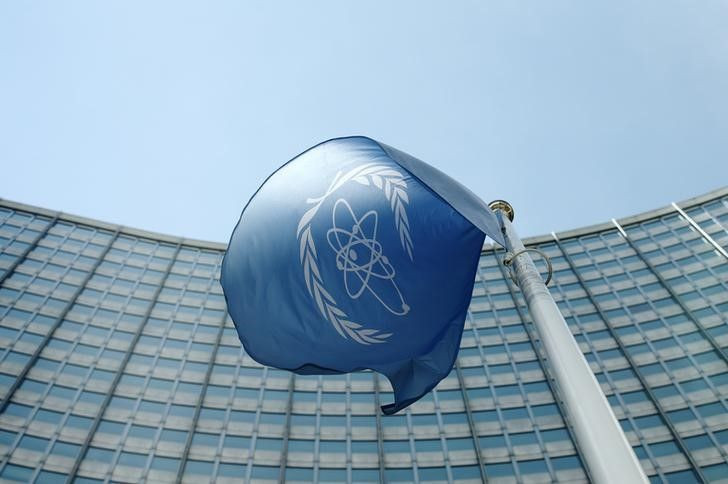Iran Nuclear Deal 2015 News: Iranian Authorities Exchange Additional Monitoring For Eased Sanctions

UPDATED 3:35 p.m. EDT: The White House released a statement Sunday afternoon in support of the progress of the Iran nuclear deal, calling Sunday's adoption day a "milestone." Urging all parties involved to look to the future, President Barack Obama wrote said he welcomes "this important step forward, and we, together with our partners, must now focus on the critical work of fully implementing this comprehensive resolution."
The U.S. will send Ambassador Tom Shannon to a meeting of P5+1 world powers, the State Department said in a statement released Sunday afternoon. The meeting, set to take place in Vienna Monday to discuss the next steps in the nuclear deal will include all members of the group, including the five permanent U.N. Security Council members and Germany.
Original Story:
Iran has agreed to additional monitoring of its nuclear program in association with the agreement it reached with the P5+1 group of world powers in July, the United Nations’ International Atomic Energy Agency (IAEA) said in a statement Sunday. The P5+1 group consists of the U.N. Security Council’s five permanent members -- China, France, Russia, the U.K. and the U.S. -- plus Germany.
When the agreed Joint Comprehensive Plan of Action that becomes effective Sunday is implemented, Iran will begin cutting its nuclear capabilities, while the U.N., U.S. and European Union will start rolling back the sanctions that have been strangling the economy of the Middle Eastern country.
The so-called additional protocol between Iran and the IAEA calls for monitoring above and beyond the oversight provided in the safeguards agreement between other member-states and the U.N. nuclear-watchdog agency, according to the Associated Press. The protocol allows for random and short-notice inspections, especially at sites where undeclared nuclear activity has been suspected.
Since the deal was struck between Iran and the P5+1 group, it has been criticized by many Republicans and some Democrats in the U.S. who have expressed the fear it would not effectively stem Iran’s nuclear program. In contrast, President Barack Obama has said it will keep Iran from becoming a nuclear threat.
Iran deal takes effect Sunday http://t.co/bFJDIQfHBs pic.twitter.com/AgylFimrNp
— The Hill (@thehill) October 18, 2015The so-called adoption day Sunday marked the passage of 90 days since the Iran nuclear agreement was endorsed by the U.N. Security Council, and it signaled the beginning of the end of sanctions, as Reuters reported. However, the news agency cited U.S. officials as indicating the lifting of the sanctions could take as long as two months, depending on how quickly authorities in Tehran cut their stockpiles of enriched uranium and comply with other terms of the deal.
One defense expert told the Washington Post that the significance of adoption day should not be underestimated. “On that date, there may not be one less centrifuge than the day before, but it starts the process when centrifuge levels will go down,” said Richard Nephew, a former sanctions expert who now teaches at Columbia University in New York.
“It’s the first time that’s happened since 2007, when the centrifuge numbers started reversing. From this point forward, things are going to get better,” Nephew said.
© Copyright IBTimes 2024. All rights reserved.






















